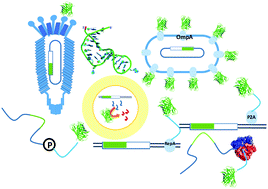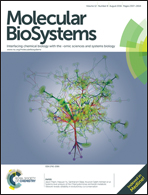Library-based display technologies: where do we stand?
Abstract
Over the past two decades, library-based display technologies have been staggeringly optimized since their appearance in order to mimic the process of natural molecular evolution. Display technologies are essential for the isolation of specific high-affinity binding molecules (proteins, polypeptides, nucleic acids and others) for diagnostic and therapeutic applications in cancer, infectious diseases, autoimmune, neurodegenerative, inflammatory pathologies etc. Applications extend to other fields such as antibody and enzyme engineering, cell-free protein synthesis and the discovery of protein–protein interactions. Phage display technology is the most established of these methods but more recent fully in vitro alternatives, such as ribosome display, mRNA display, cis-activity based (CIS) display and covalent antibody display (CAD), as well as aptamer display and in vitro compartmentalization, offer advantages over phage in library size, speed and the display of unnatural amino acids and nucleotides. Altogether, they have produced several molecules currently approved or in diverse stages of clinical or preclinical testing and have provided researchers with tools to address some of the disadvantages of peptides and nucleotides such as their low affinity, low stability, high immunogenicity and difficulty to cross membranes. In this review we assess the fundamental technological features and point out some recent advances and applications of display technologies.



 Please wait while we load your content...
Please wait while we load your content...